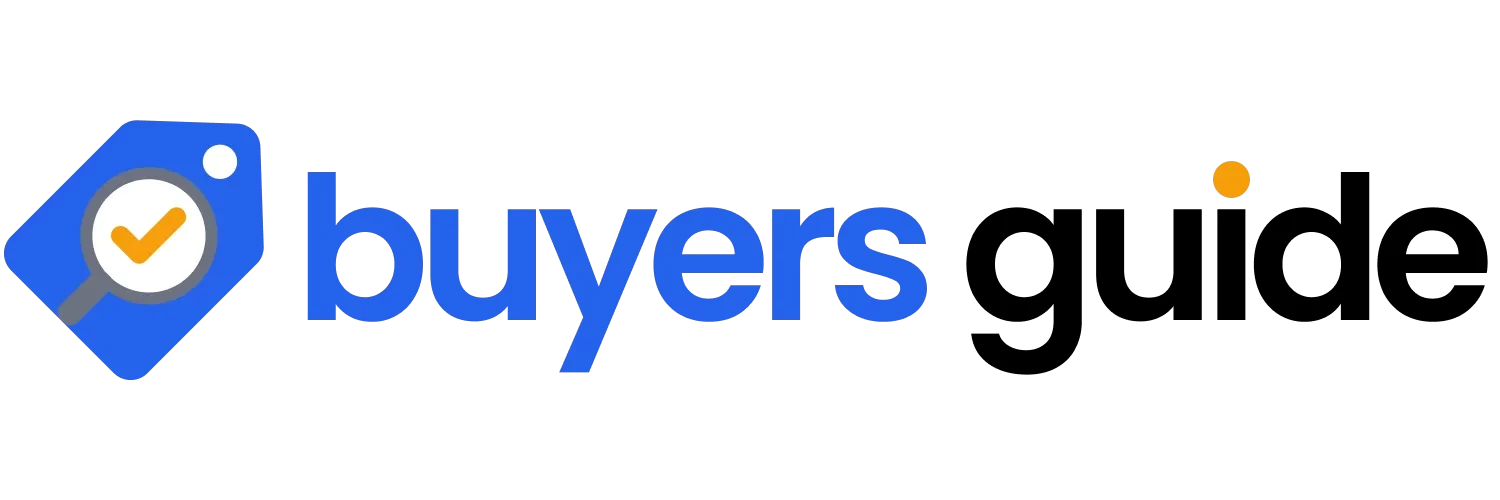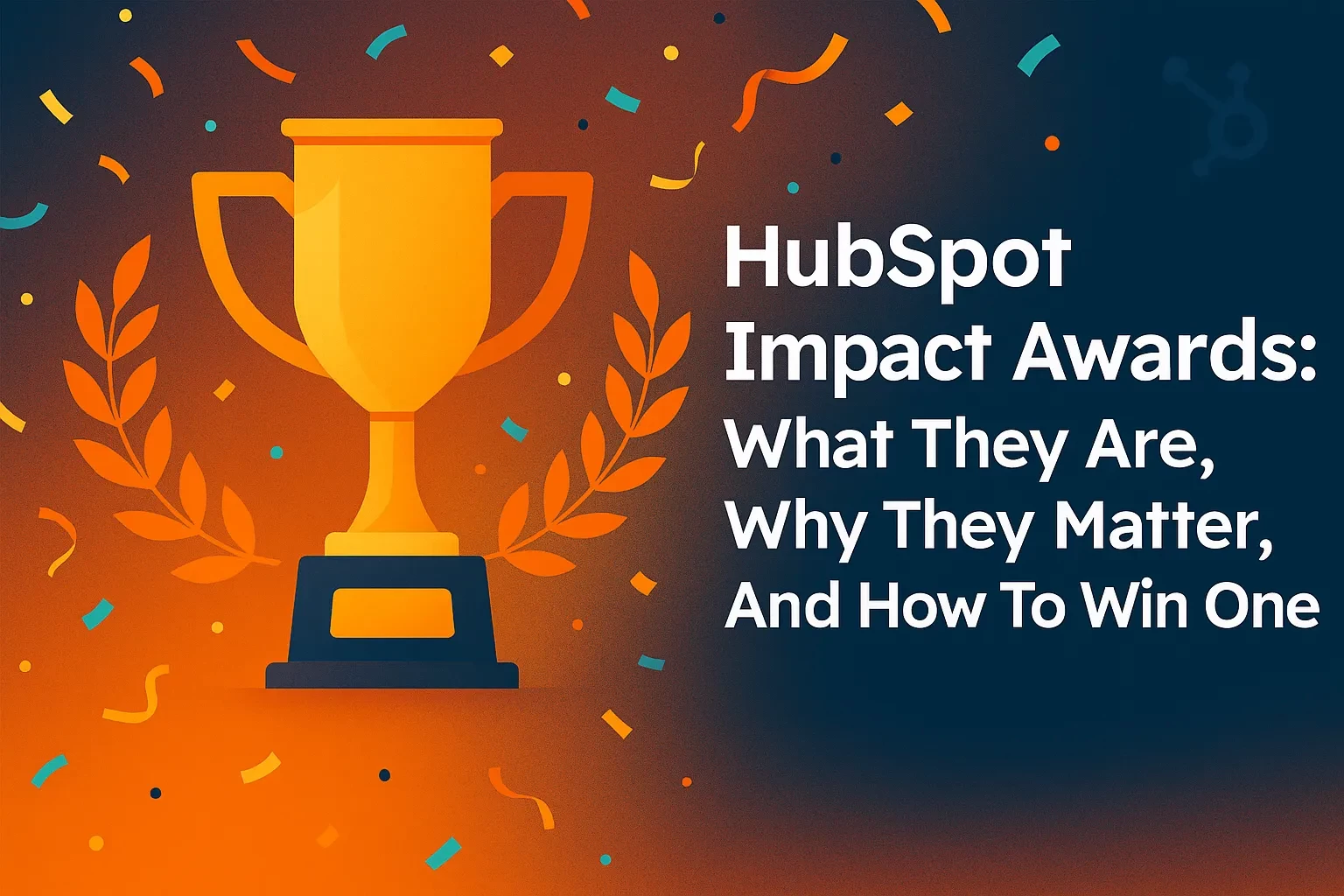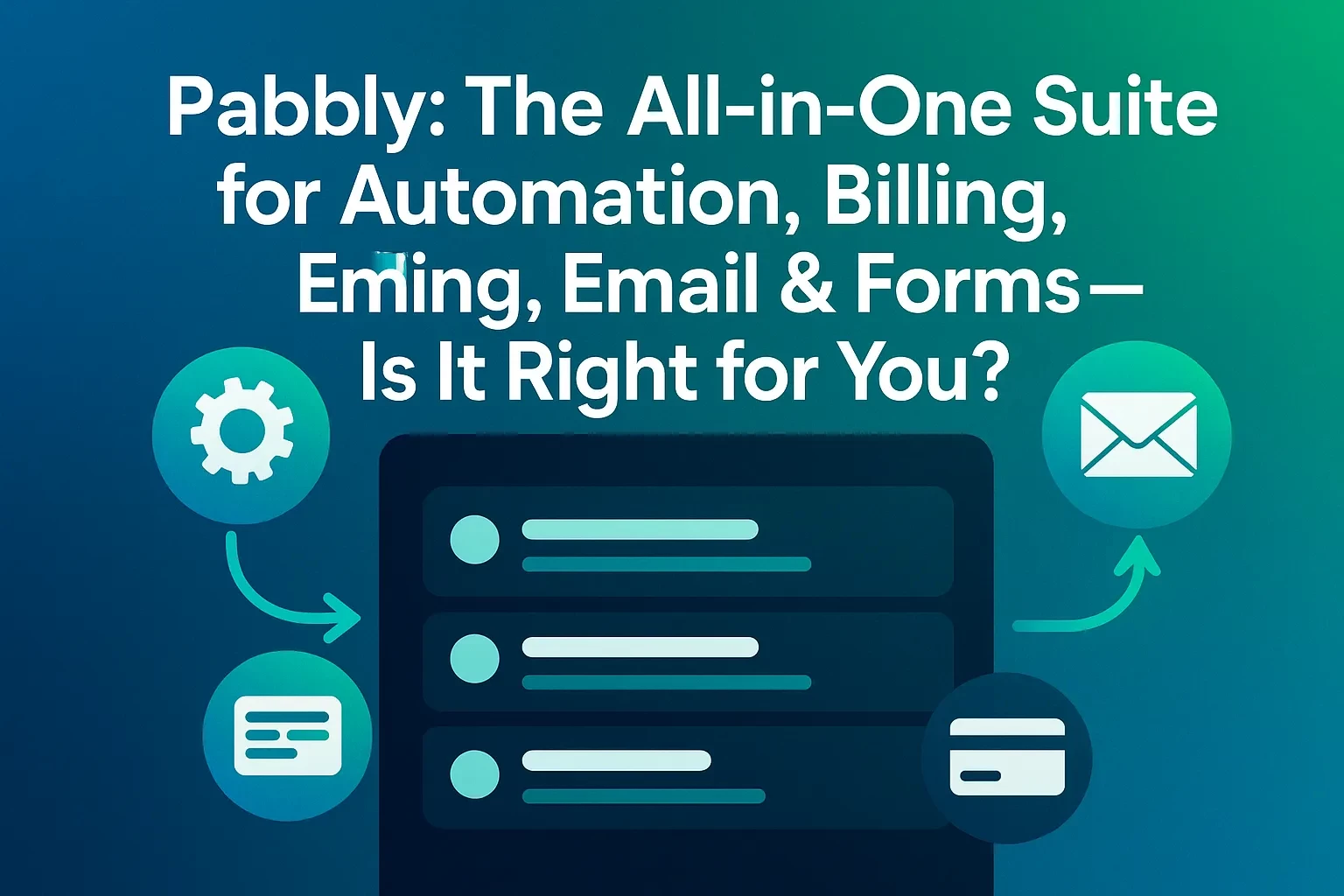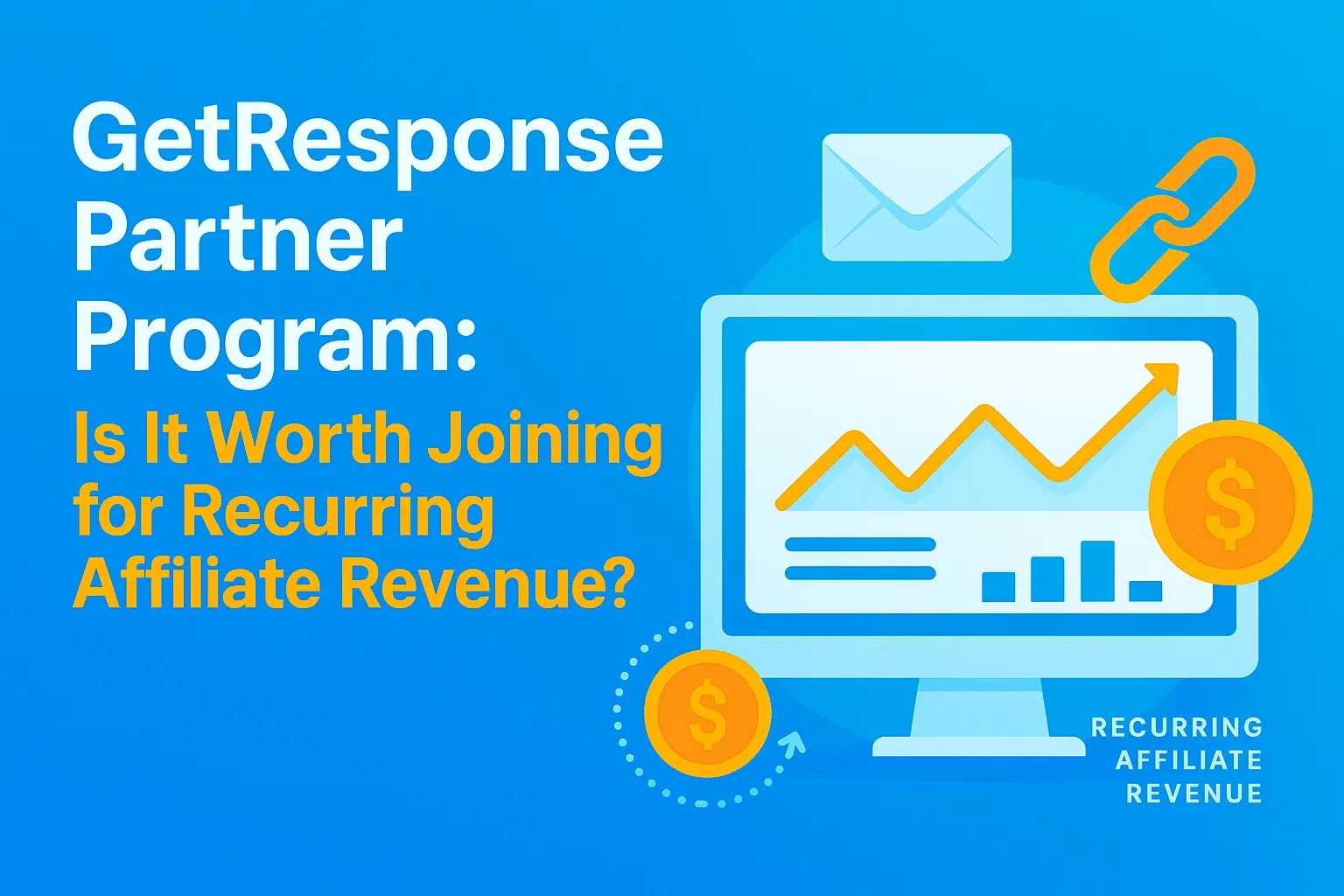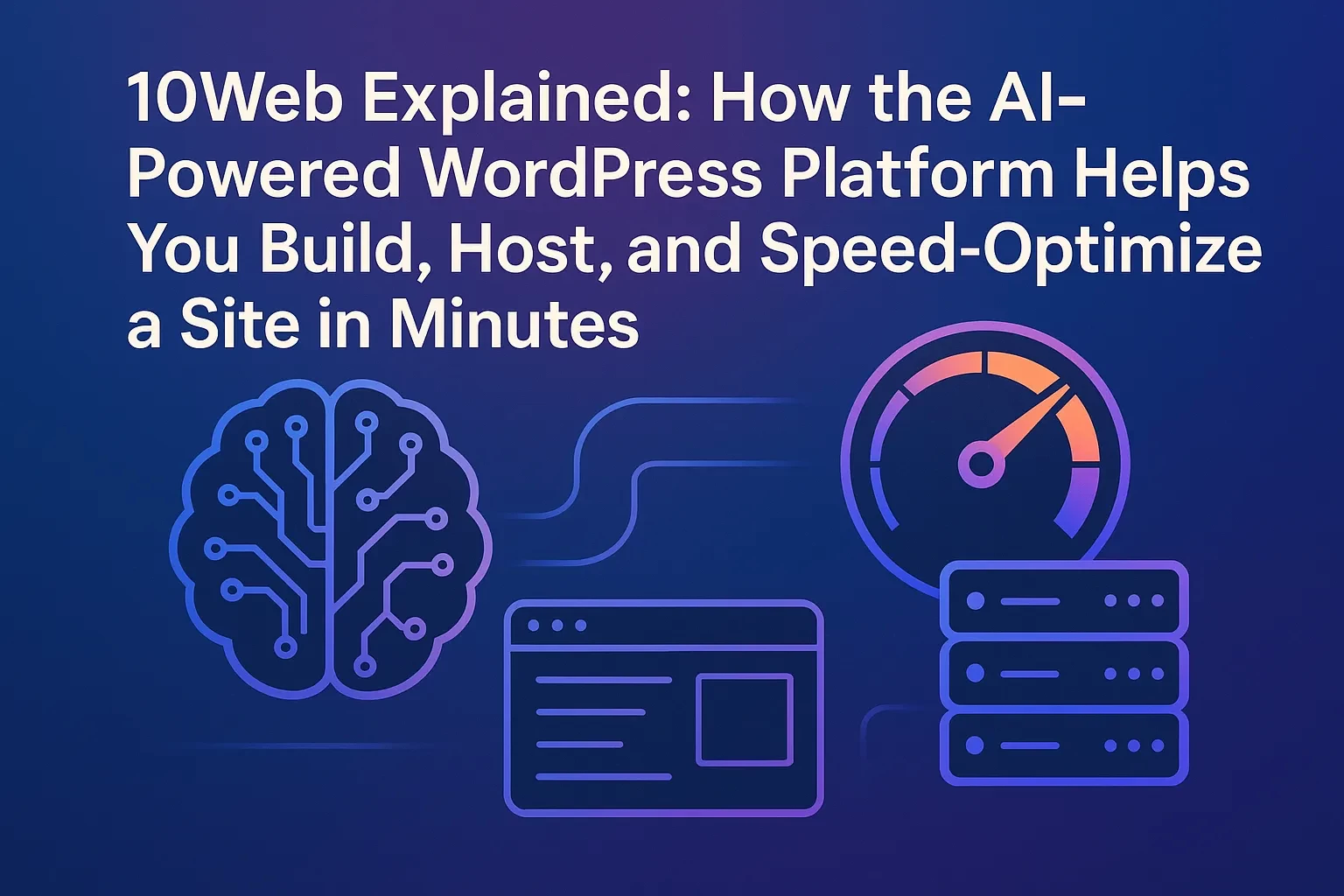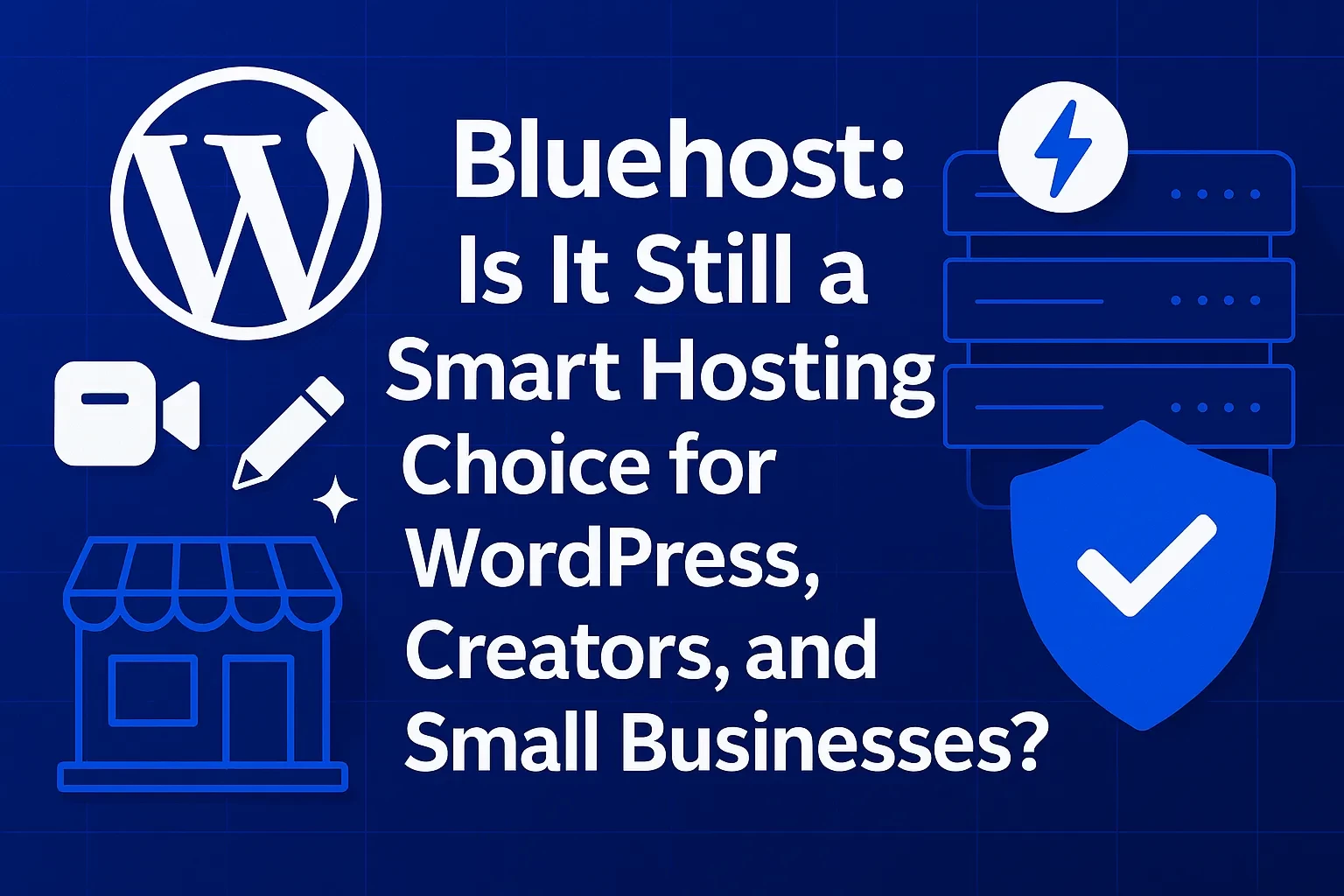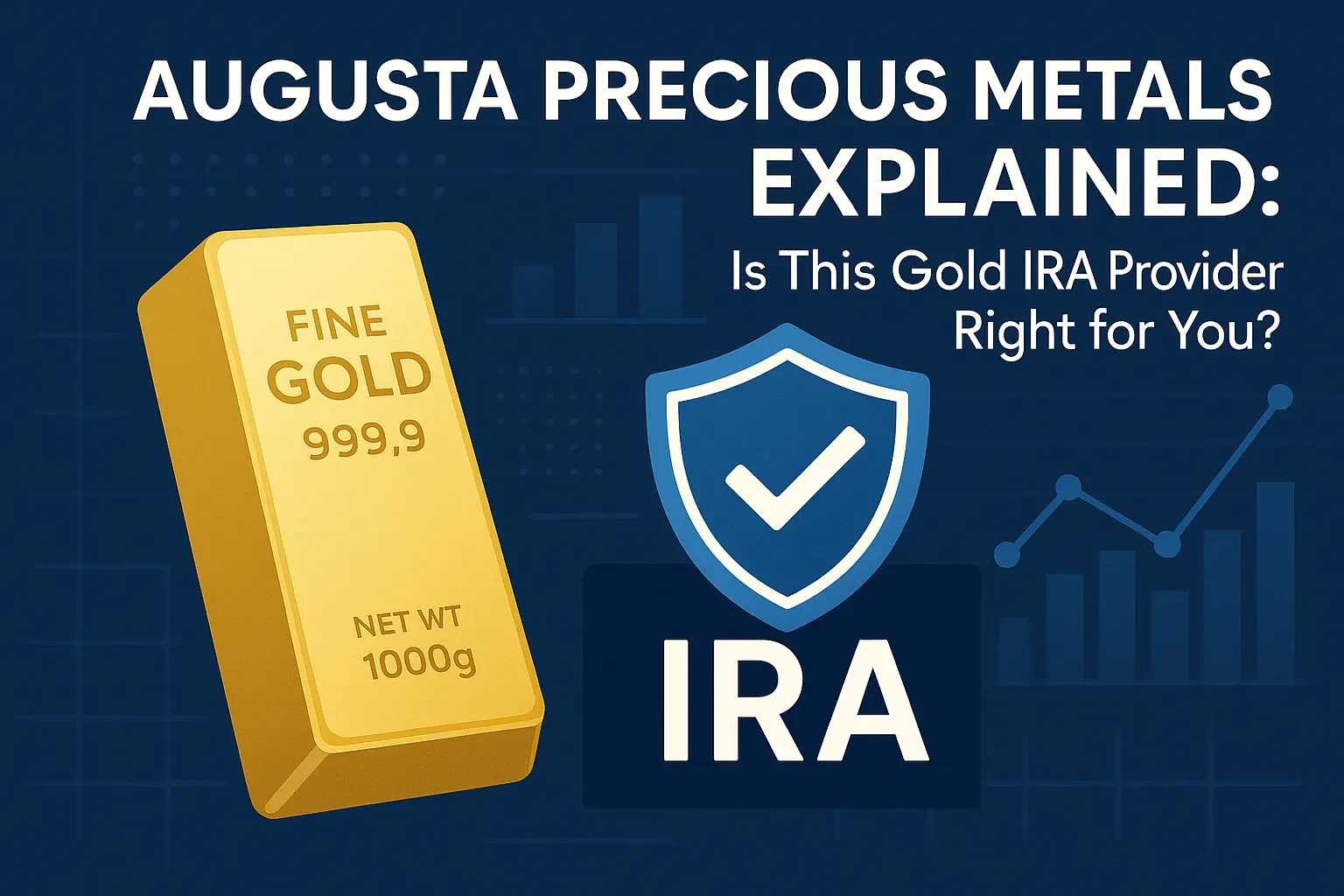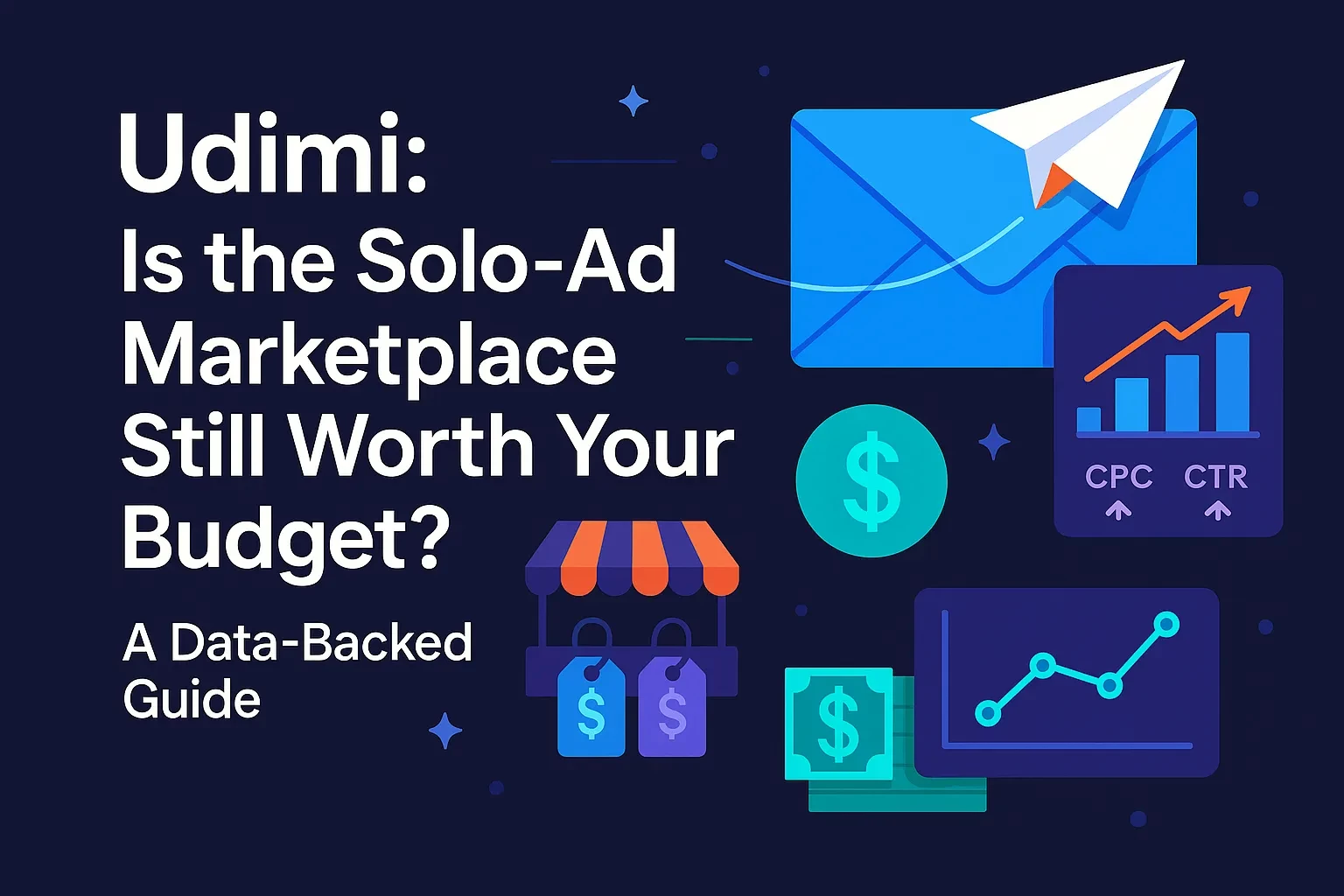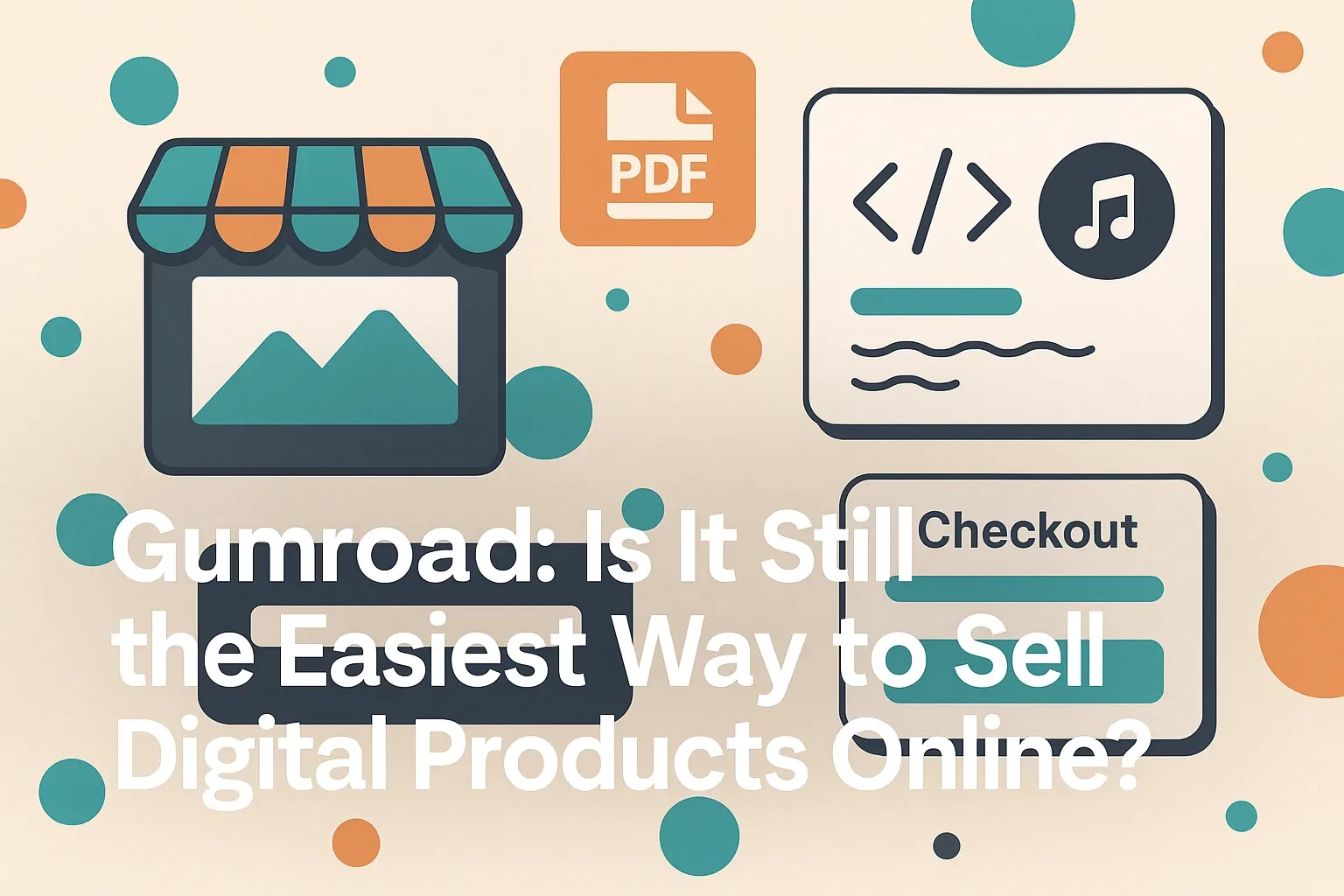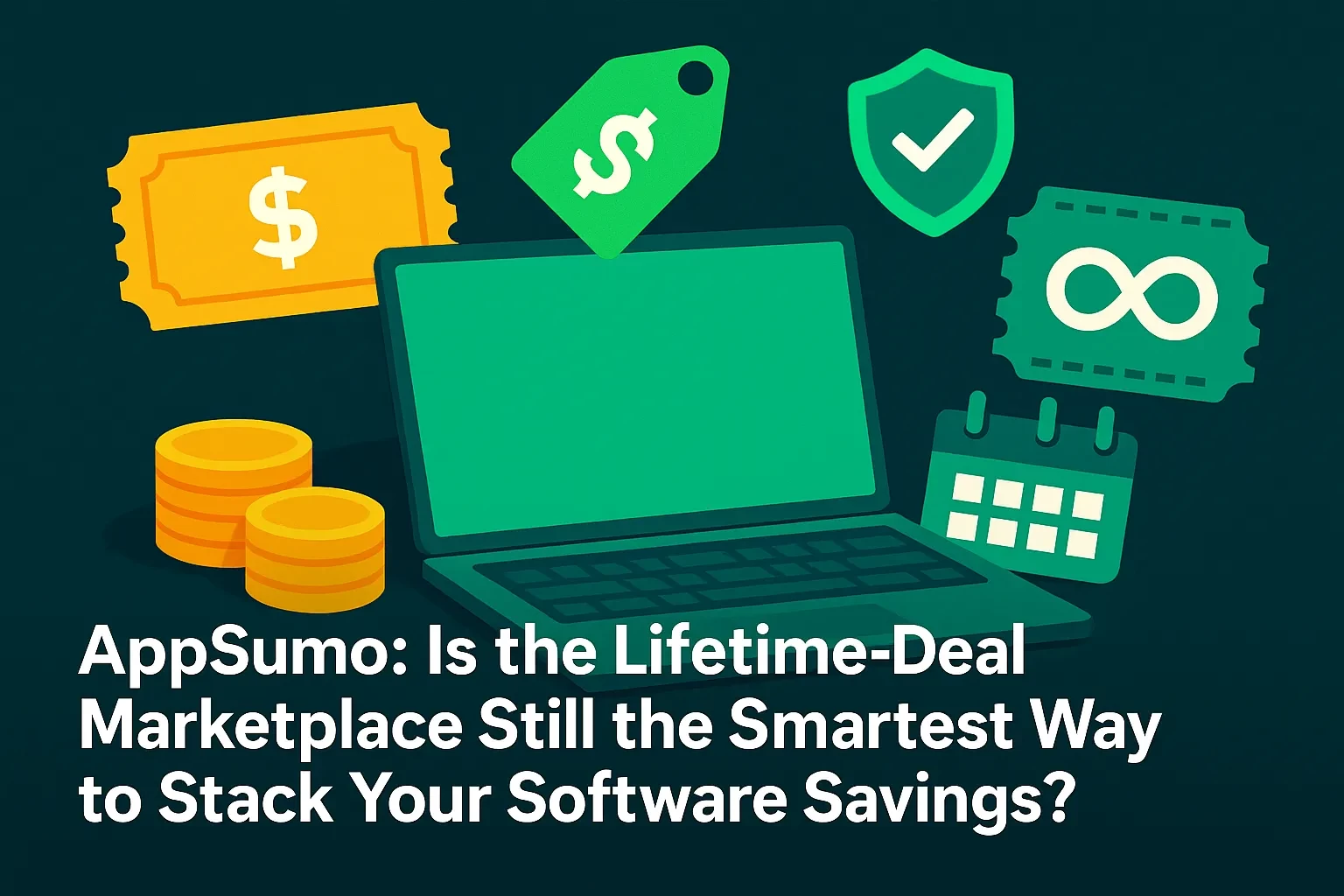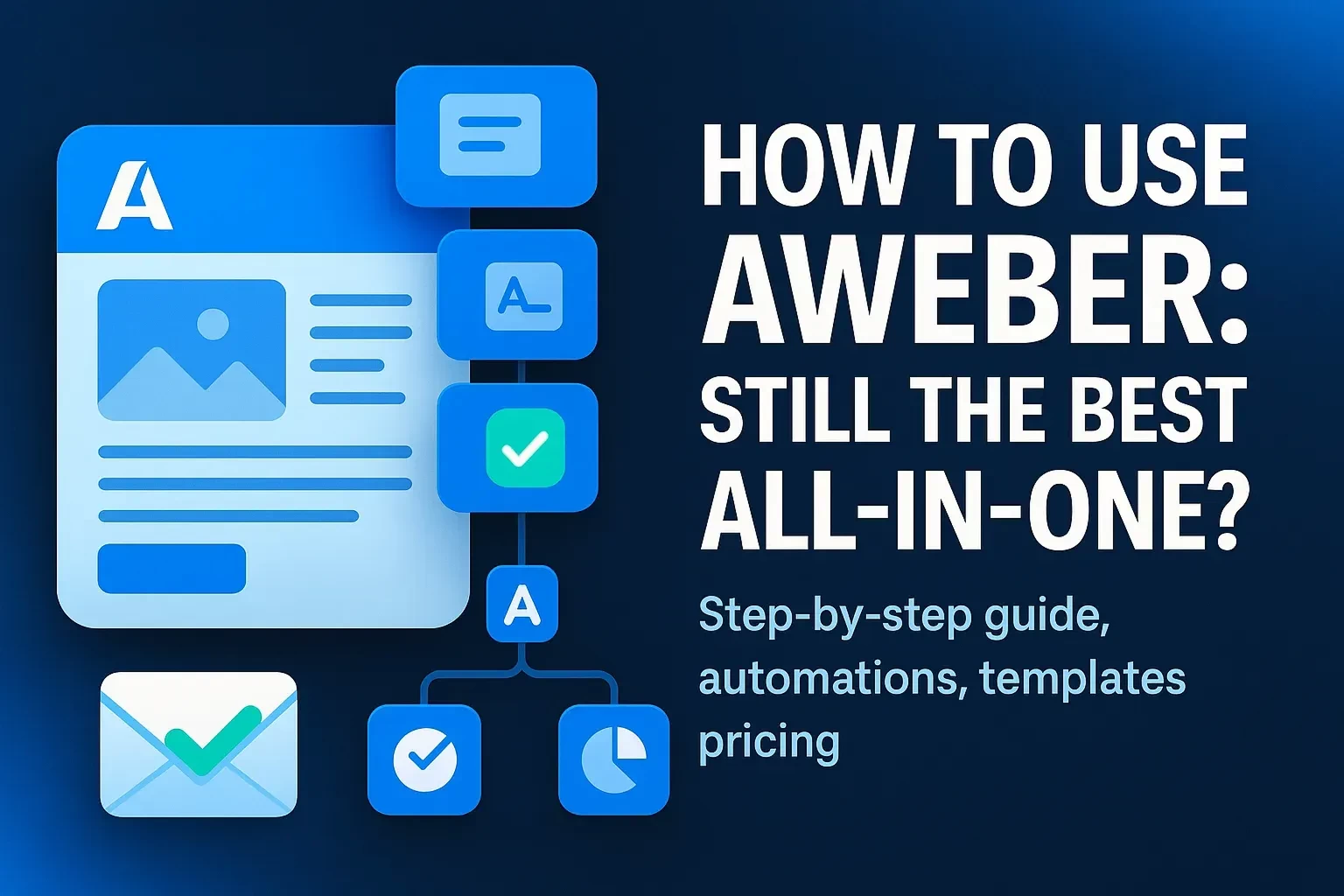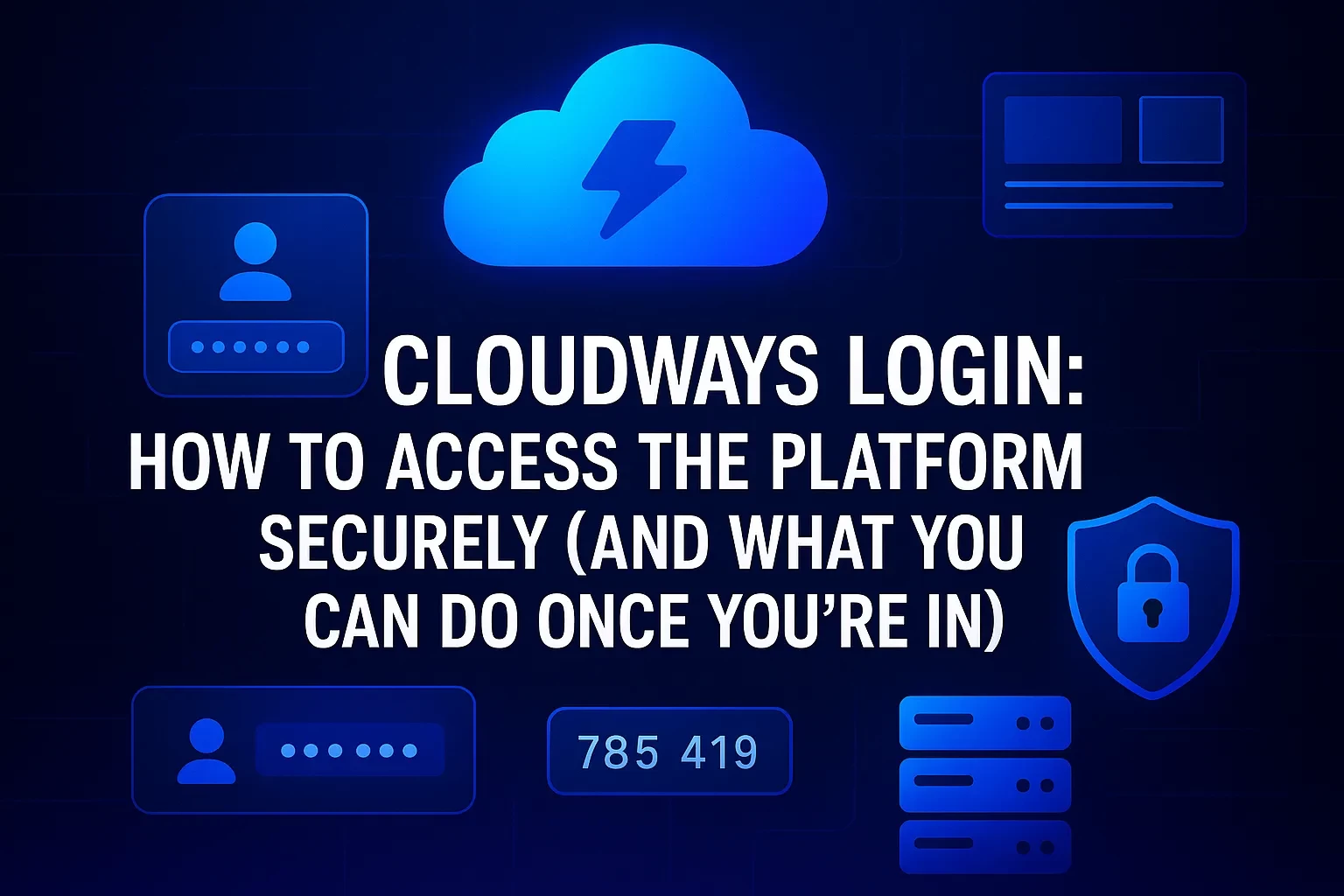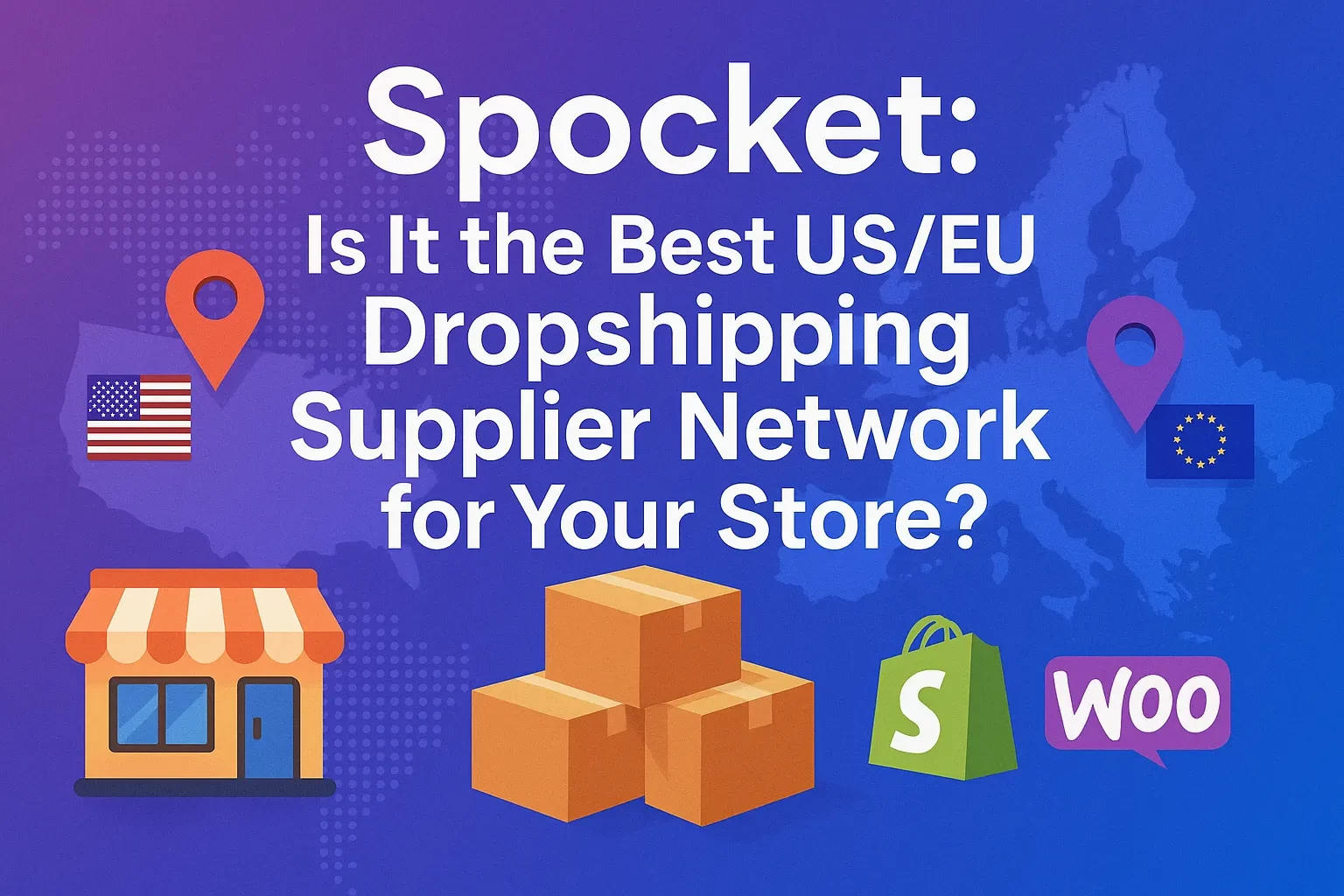Table of Contents
ActiveCampaign’s affiliate program gets a lot of buzz for one simple reason: recurring commissions. Instead of a one-time bounty, you can earn a percentage of your referrals’ subscription payments month after month. In 2025, the company positions the program with a headline promise—“Earn an average of $1,350 per referral”—and promotes 30% recurring commissions for approved affiliates. You don’t need to be a customer, and once approved you receive a unique tracking link, a self-serve portal (powered by PartnerStack), and a “starter pack” with ready-to-use creatives and copy blocks. That’s a compelling pitch if you run a content site, newsletter, review channel, or niche community where marketing tools are a natural fit.
This guide explains how the program actually works, what you can expect in terms of commission structure and eligibility, where affiliates typically stumble, and how to build an asset that compounds. By the end, you’ll know whether this program belongs in your stack—and precisely how to turn a single piece of content into durable, recurring revenue.
What the ActiveCampaign Affiliate Program Is (and Isn’t)
ActiveCampaign’s affiliate program lets you earn recurring commissions when someone buys a paid plan after clicking your referral link. The company highlights a 30% recurring rate (for up to 12 months for each paying customer you refer), access to a PartnerStack-powered dashboard for tracking performance, and onboarding resources such as prebuilt banners and copy templates. The program is open to content creators, influencers, and publishers; you don’t need to be a current customer to apply.
Under the hood, commissions are tiered. The legal agreement confirms a base commission of 20%, with the ability to climb to higher tiers as your referred monthly recurring revenue (MRR) grows. Payouts are subject to eligibility criteria and a 60-day hold period before approved commissions are paid.
ActiveCampaign also promotes the global nature of the platform—customers in 170 countries and availability in 15 languages—which matters if you publish content for international audiences or serve multilingual communities.
Definitions & Context: The Terms That Matter
Before you start, align on a few key terms the program relies on:
• Recurring commission: A percentage of the subscriber’s paid plan you receive on an ongoing basis (subject to program limits and eligibility rules). ActiveCampaign markets 30% recurring commissions and states that affiliates can earn up to 12 months per paying referral.
• MRR (Monthly Recurring Revenue): The combined subscription value of your active referred accounts. Your current MRR tier determines the commission percentage you receive that month.
• Commission tiers: A structured ladder (Silver, Gold, Platinum) that increases your rate from 20% to 25% to 30% as you meet defined MRR or new business thresholds.
• Attribution window (“cookie period”): The help docs specify that purchases are tracked for 90 days after a click. First-click attribution applies.
• Eligibility for payout: You need at least two active referred accounts, $100+ “Due Next Payment”, and evidence of activity—a new referral within the last 6 months—to continue earning on historical accounts. Commissions are held 60 days and paid monthly (via PayPal) once thresholds are met.
• Affiliate portal: Your dashboard—powered by PartnerStack—to view commissions, sales, free trials, and payouts, plus grab your unique link and assets.
• Program marketing claim: The current landing page headline claims affiliates “earn an average of $1,350 per referral.” Treat this as vendor-supplied marketing guidance, not a guaranteed outcome; your results will depend on content-to-audience fit, pricing tiers selected by your referrals, and retention.
How the Commission Tiers Work (with Requirements)
| Tier | Requirements (either/or, summarized) | Commission |
|---|---|---|
| Silver | New affiliates; or $100 in new business in the last 3 months | 20% |
| Gold | $100 in new business in the last 3 months or $500 of active accounts | 25% |
| Platinum | $500 in new business in the last 3 months or $2,000 of active accounts | 30% |
Additional rules: minimum 2 active referrals, $100 minimum “Due Next Payment,” and recent activity (a referral within 180 days). 90-day tracking window; 60-day hold; monthly payout via PayPal after thresholds.
Step-by-Step: From Application to Your First Payout
1) Apply (no customer account required)
ActiveCampaign’s public page invites creators, influencers, and publishers to apply. Approval grants you a unique referral link and access to the affiliate portal.
2) Grab your link and assets
Once approved, use the PartnerStack portal to copy your link, check performance, and download prebuilt banners, graphics, and content templates from the “starter pack.”
3) Publish “problem-to-tool” content
Focus on high-intent content where ActiveCampaign’s strengths—email + automation + CRM—solve a concrete pain (e.g., “abandoned cart recovery email flows” for Shopify stores). Link contextually with clear calls-to-action.
4) Drive qualified trials
ActiveCampaign offers a 14-day free trial promoted on the affiliate landing page. Encourage readers to test a specific automation recipe so the trial converts into a paying plan.
5) Monitor MRR and climb tiers
Track your active referred MRR to move from 20% to 25% to 30% commissions. Remember the 90-day tracking window and eligibility criteria (2 active accounts, $100 minimum due, and a new referral within 6 months).
6) Collect monthly payouts
After a 60-day hold, approved commissions appear as “Due in Next Payment.” Payouts are made monthly via PayPal once your balance is at least $100 and other criteria are met.
A Mini Case Study: Compounding Revenue from One Evergreen Article
Let’s model a conservative scenario to illustrate mechanics (purely illustrative; your numbers will vary based on plan choice, list size, and retention):
• You publish an in-depth tutorial “How to Launch Lifecycle Email Automations in 48 Hours,” targeting small eCommerce brands.
• In month one, 120 readers click; 12 start free trials; 4 convert to paid after the trial.
• Those 4 accounts pick plans at varying price points. Because commission is a percentage of the subscription value, your MRR drives your tier each billing cycle. If your active referred MRR crosses the Gold threshold, your rate rises to 25%; if it crosses the Platinum threshold, you can reach 30%. (Commission tiers summarized in the help center.)
• If retention is strong—something ActiveCampaign emphasizes via its “Customer Success Commitment” and ongoing product updates—the referred MRR persists, letting your article compound revenue over time. The official landing page frames this upside with its “$1,350 average per referral” claim (again, a vendor-supplied benchmark, not a guarantee).
Tip: Optimize a single evergreen asset progressively—add a short setup video, embed a step-by-step automation recipe, and refresh screenshots quarterly. One high-quality piece that consistently ranks can outperform ten shallow listicles.
Practical Examples: Content Angles That Convert
• Playbooks by industry: “Local gyms: automate trial-to-membership wins with SMS + email,” “B2B SaaS: MQL-to-SQL routing with lead scoring,” or “Course creators: lesson drip campaigns that actually get completed.” These map directly to ActiveCampaign’s promoted industries (SaaS, eCommerce, Franchise, Healthcare, Education, Travel/Hospitality), which helps with relevance and conversion.
• Migration guides: “Move from basic email to automated journeys in a weekend.” Show the before/after of manual newsletters vs. multi-step automations connected to the CRM.
• Automation recipes: Publish a starter automation with a downloadable file (if applicable), then walk readers through activation—end with a contextual CTA to the free trial. The vendor highlights ongoing product updates; weave “what’s new” into your content.
• Integrations in action: Demos with Shopify, WooCommerce, WordPress, Webflow, Zapier/Make, Calendly, Slack, Stripe, and Salesforce resonate with tool-stack readers.
• ROI calculators: A short section estimating recovered revenue from abandoned carts or win-back flows can boost trial starts.
Common Mistakes That Kill Earnings (and What to Do Instead)
• Thin, tool-first content
Mistake: “Here’s my link—go buy.”
Do this instead: Lead with a pain and demonstrate a working solution (screenshots, short clips, or workflow diagrams). Then place your CTA near the solution moment.
• Ignoring tier mechanics
Mistake: Treating all referrals the same.
Do this instead: Prioritize audiences and topics likely to choose mid-to-upper plans and stick around—e.g., eCommerce brands that need multi-channel automations and CRM sync. Higher-value accounts help you cross the Gold/Platinum thresholds where 25–30% commissions apply.
• Letting the 6-month activity window lapse
Mistake: Not driving a new referral for >180 days, risking loss of commissions on historical accounts.
Do this instead: Schedule at least one fresh piece or campaign per quarter to maintain eligibility.
• Forgetting compliance and brand rules
Mistake: Using marks without approval, misleading claims, or restricted promotion tactics (e.g., certain paid ads).
Do this instead: Review the Affiliate Partner Agreement and adhere to trademark usage and promotional restrictions to avoid termination.
• Unclear disclosures
Mistake: Skipping FTC-compliant disclosures.
Do this instead: Add prominent, plain-English affiliate disclosures near links and at the start of posts.
Expert Tips: How to Win with ActiveCampaign’s Program
• Design for trial-to-pay conversion
Build your tutorial around a specific outcome within 14 days (the public page promotes a 14-day trial). Offer a checklist and a micro-course delivered via email after sign-up.
• Map content to the product’s “autonomous marketing” message
Frame benefits around outcomes—automations that reduce manual work, AI-assisted orchestration, and CRM-connected journeys—aligned with how ActiveCampaign positions the platform. Consistency speeds comprehension and clicks.
• Leverage PartnerStack reporting
Use the portal to identify top-performing pages and referrers. Double down on the content that sends trials that actually convert (not just clicks).
• Refresh quarterly; update on feature velocity
The landing page emphasizes “stay informed on the latest product updates.” Make those updates part of your editorial rhythm and append a “What’s new in ActiveCampaign” block to your posts.
• Bundle integrations
Readers rarely adopt a marketing platform in isolation. Show ActiveCampaign working with Shopify/WooCommerce, WordPress/Webflow, Zapier/Make, or Salesforce to solve end-to-end use cases.
A Simple, Sustainable Launch Plan (30 Days)
Week 1: Audience & angles
• Identify three segments you reach today (e.g., eCommerce founders, course creators, B2B SaaS marketers).
• For each, draft one painful workflow they can automate (cart recovery, onboarding drip, multi-touch sales).
• Outline one tactical tutorial per segment with a 14-day outcome.
Week 2: Production & assets
• Record short screen captures that set up one automation per tutorial.
• Pull approved banners/copy from the affiliate starter pack and customize headlines to match each use case.
Week 3: Distribution & list building
• Publish the three tutorials; add content upgrades (checklists, automation maps).
• Announce via newsletter and social; pitch a guest post to a relevant community.
Week 4: Optimization & tier push
• Review portal data; identify which tutorial drives trials that convert.
• Add an FAQ and “what’s new” section; update CTAs.
• Launch one comparison page (e.g., “ActiveCampaign vs. X” framed around automation depth and CRM sync).
Compliance Snapshot: What the Agreement Says
The Affiliate Partner Agreement is clear on a few items:
• Base commission is 20%, with performance-based increases at ActiveCampaign’s discretion and tier-based logic driven by referred MRR.
• Payment cadence: after a 60-day hold, monthly payouts occur via PayPal if you have $100+ due and at least two new subscribers (with recent activity).
• Trademark and promotion rules: there are boundaries on how you use the brand, where you can promote links, and prohibited practices (e.g., impersonation, spam, confusing domain names).
Read (and bookmark) the help article and legal agreement before you launch. They’re your single sources of truth on changes to tiers, payout mechanics, or restrictions.
FAQ (People Also Ask)
Bottom Line: Who Should Promote ActiveCampaign (and How to Start Today)
If your audience needs serious email automation connected to CRM and is likely to stick with a platform long enough for recurring revenue to matter, ActiveCampaign’s program is a strong fit. The tiered structure rewards growth, the 90-day attribution window is generous, and the vendor provides starter assets that cut time-to-live.
Start with one evergreen tutorial that solves a painful workflow in 14 days, feature a working automation recipe, and integrate an ROI-minded CTA to the trial. Then nurture the asset—update quarterly, expand with integration demos, and aim to cross the Gold and Platinum thresholds where 25–30% commissions apply. That’s how affiliates turn one article into a compounding revenue stream.
